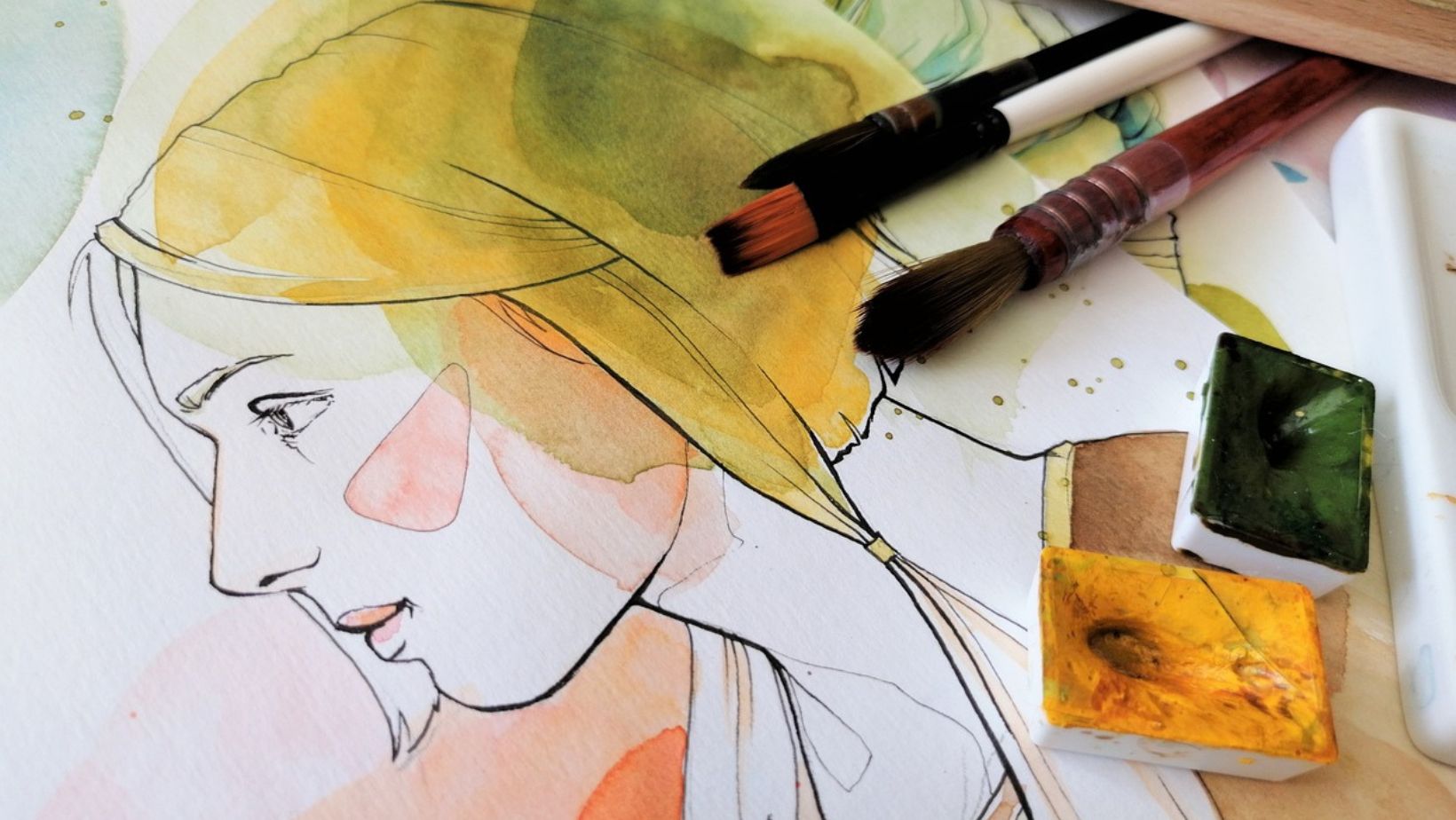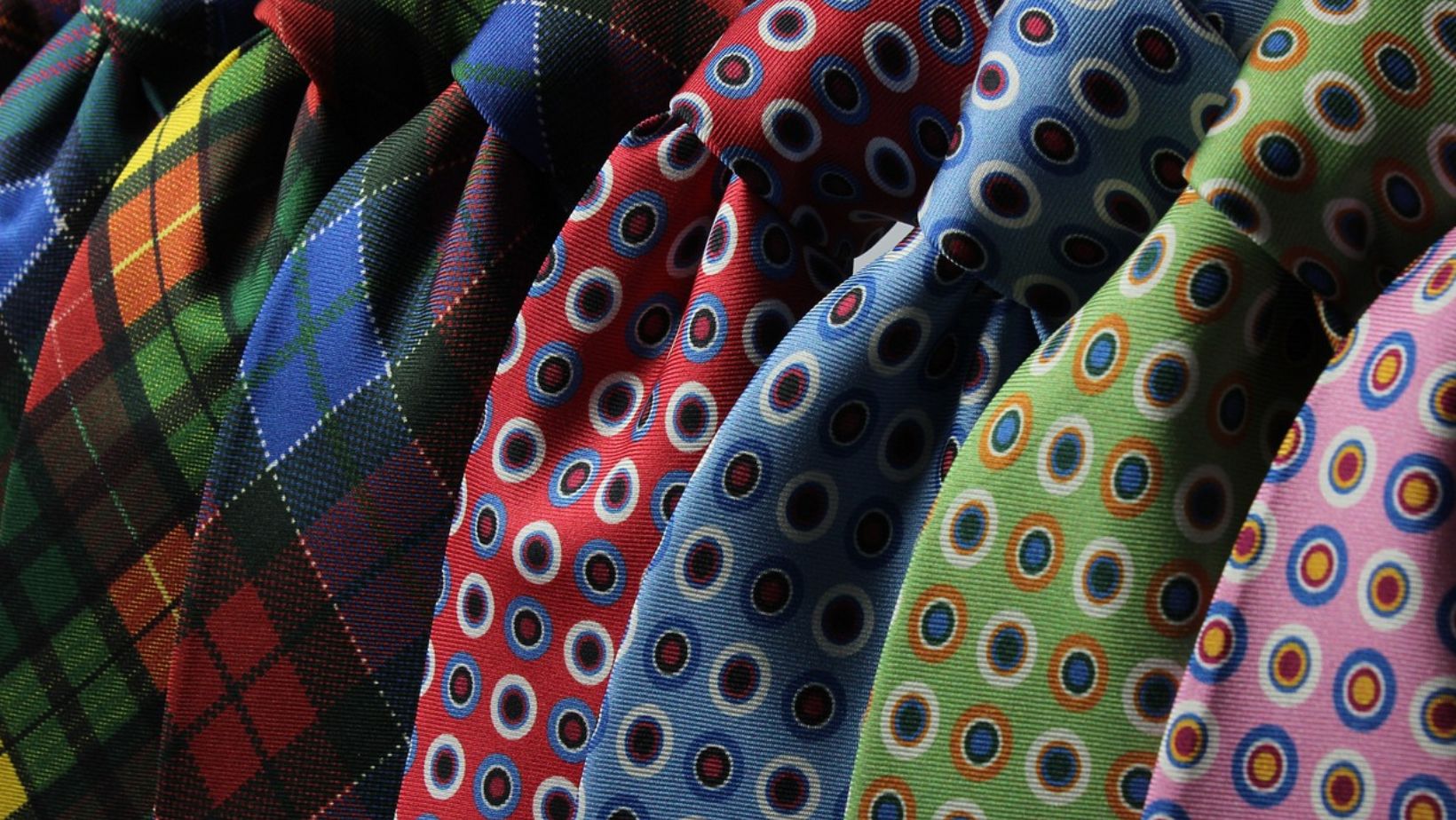
Welcome to the 21st century. Here the boundary between human creativity and Artificial Intelligence (AI) is blurry, looking like a well-blended watercolor painting. Ever since the introduction of AI, the world of design is experiencing a revolution–not the kind with pitchforks and torches–but one with algorithms, neural networks, and learning machines.
Did you know that last year 250 million people were using AI tools? That is twice as much as it was the year before that. By the end of the decade, the number of people using AI tools could easily surpass 700 million.
We can say that AI is no longer just a tool–it’s becoming a co-creator. Designing and creating has never been easier, not to mention how the processes have reshaped.
Let’s take a closer look at how AI is playing Picaso.
Table of Contents
ToggleFrom Tool To Collaborator
Once upon a time, AI was just a tool–something designers used to help them with repetitive tasks or to analyze huge chunks of data. It was the trusty sidekick, like Watson to Holmes, always there to help but never the star of the show.
However, today AI is coming out of the shadows by taking the lead in some creative and design processes.
Just imagine having a design assistant that never sleeps, never gets tired, and can sift through millions of design inspirations in seconds. There are numerous AI tools to boost productivity, and creativity and to answer all your questions. Some tools you could try out can create hundreds of design variations, recommend color pallets, or even predict design trends before they happen.
And the most exciting part? AI is beginning to understand the nuances of human creativity. It’s not just following rules–it’s starting to break them, just like any good artist.
AI-Generated Art
Sometimes, when people talked about AI-generated art, it sounded like something from a sci-fi movie. Today this is very much our reality. Modern tools can create AI images from a simple text prompt. Want to see a cat playing a violin on a spaceship? Just ask and voila–here is your digital masterpiece.
Naturally, quirky art is only one side of the coin. On the other hand, you can find the path to mainstream design processes. With the integration of AI, you can create logos and website layouts. This is a whole new world for designers. There are no boundaries; the creation process is fast, and you can try new ideas and a bunch of variations.
Of course, this raises the question: If AI creates art, what does that mean for human artists? Some gave up on art, while others tried to ban AI tools, but the answer is simple–collaboration. AI is not here to replace human creativity (is it because of the lack of inspiration?) but to enhance it. Think of it as a superpower that amplifies what we can already do.
Artists and designers are now using AI as a creative partner, and the reasons for that are many: to get their designs faster, to have multiple variations on the theme to show to the client, and to explore new options.
The Impact On Graphic Design
Remember the days when creating a logo or a brochure took hours of painstaking work? And then the client says, ‘No, I’ve envisioned it a bit differently,’ so you need to go and do it all over? Well, AI is changing the game. With AI design tools, you can generate professional-quality graphics in a fraction of the time.

For example, platforms like Canva and Adobe Firefly use AI to suggest design elements, layouts, and even fonts based on the content you’re working with. Sometimes, it feels like having a personal design coach who knows your style better than you do. And the best part? You don’t need to be a design expert to make something beautiful.
But AI isn’t just making design easier–it’s also making it more innovative. When you use AI algorithms, they can analyze vast amounts of data to identify design trends that you might’ve missed. That way, you can stay ahead of the curve and create fresh and relevant designs that the audience is going to like.
AI In Fashion Design
Fashion is all about trends, and if you’re in this industry, you know how important it is to stay ahead of the curve. But here comes AI–the trend-spotting, fabric-weaving wunderkind that’s turning the fashion world on its head. Ai can predict next season’s must-have colors or design garments that push the boundaries of traditional fashion.
Imagine that your wardrobe is personalized to fit your body and style, and it’s all done by AI. This isn’t some far-off fantasy. Companies like IBM are already using AI to analyze fashion trends and consumer preferences.
With AI, you can revolutionize the process as well. 3D printing and AI tools allow designers to make complex garments that were once impossible to produce. You can have as many wild ideas as you like, and AI can help you create them easier than ever.
Architecture and AI
When it comes to architecture, AI is like a master builder with an infinite supply of LEGO bricks. Not only can it design the building, but it can also predict how the building will interact with the environment. And AI can do all that while you’re still sipping your morning coffee.
There are AI tools like Autodesk’s Dreamcatcher that allow architects to input design parameters and then generate multiple design options based on those criteria. Want a building that maximizes natural light while minimizing energy consumption? AI’s got you covered. It can analyze environmental data, material properties, and even aesthetic preferences to create beautiful and functional designs.
The most practical part is that AI’s role in architecture is not over once the design is complete. You can also use AI-powered robots that can take on tasks that were once labor-intensive and time-consuming. It can lay bricks or pour concrete, speed up the construction, and reduce the risk of human error.
Interior Design
Let’s say you’re designing a cozy living room or a chic office space. AI tools can help you create the perfect environment. Platforms like Planner 5D use AI to suggest furniture layouts, color schemes, and even lightning options based on your space and style.
Some furniture shops use AI-powered apps that can virtually fit furniture in your room so you can see how it all looks.
AI can also help designers to create more sustainable interiors. It can analyze data on materials, energy usage, and environmental impact so you can have a beautiful and eco-friendly interior. Sustainability is particularly important since more and more people are becoming conscious about protecting the planet.
However, perhaps the most exciting development in interior design is the use of AI to create personalized spaces. Here is another idea–you walk into a room that changes its color scheme and lighting based on your mood. Another sci-fi moment? With AI, this is becoming a reality.
The Ethical Dilemmas
The rise of AI in design comes with its fair share of ethical dilemmas. One of the biggest concerns, as with every revolution so far, is the potential loss of jobs as AI takes on more creative tasks. But when one field of jobs disappears, another one emerges.
Another concern is the direction in which AI is heading. Joanna Maciejewska said: ‘I want AI to do my laundry and dishes so that I can do art and writing, not for AI to do my art and writing so that I can do my laundry and disease.’ Still, funny as it sounds, we do have robot vacuums, washing machines, and refrigerators connected to IoT, and AI can have a go with running them all. As for art and writing, some are old-fashioned (typing on your own or even using pen and paper). Some people like it to be done faster, especially when it comes to boring or repetitive parts.

There’s also the question of originality. Can AI truly create something new, or is it just mixing existing ideas? Some AI work can truly be impressive, but they can be based on patterns and data from existing works. This raises concerns about plagiarism and the potential for AI to infringe on the intellectual property rights of human creators. But, if you are the one telling AI what to create and how you want something to look, is it truly AI’s property or your original idea? Or, in other words, you want to draw a sun, and you take crayons and draw the sun. Who made the picture?
Creative partnership
So, what does the future hold for AI in design? If current trends are anything to go by, we’re heading towards a world where AI and human creativity are inextricably linked. Rather than replacing human designers, AI is becoming their essential tool. With it, designers can enhance their creative capabilities.
We’re already seeing the beginnings of this creative partnership in fields like graphic design, fashion, architecture, and interior design, to mention just a few. AI will evolve and will probably play a greater role in our lives, privately and professionally.
The best part? AI can unlock new forms of creativity that we haven’t imagined yet–and they will still be deeply human.






